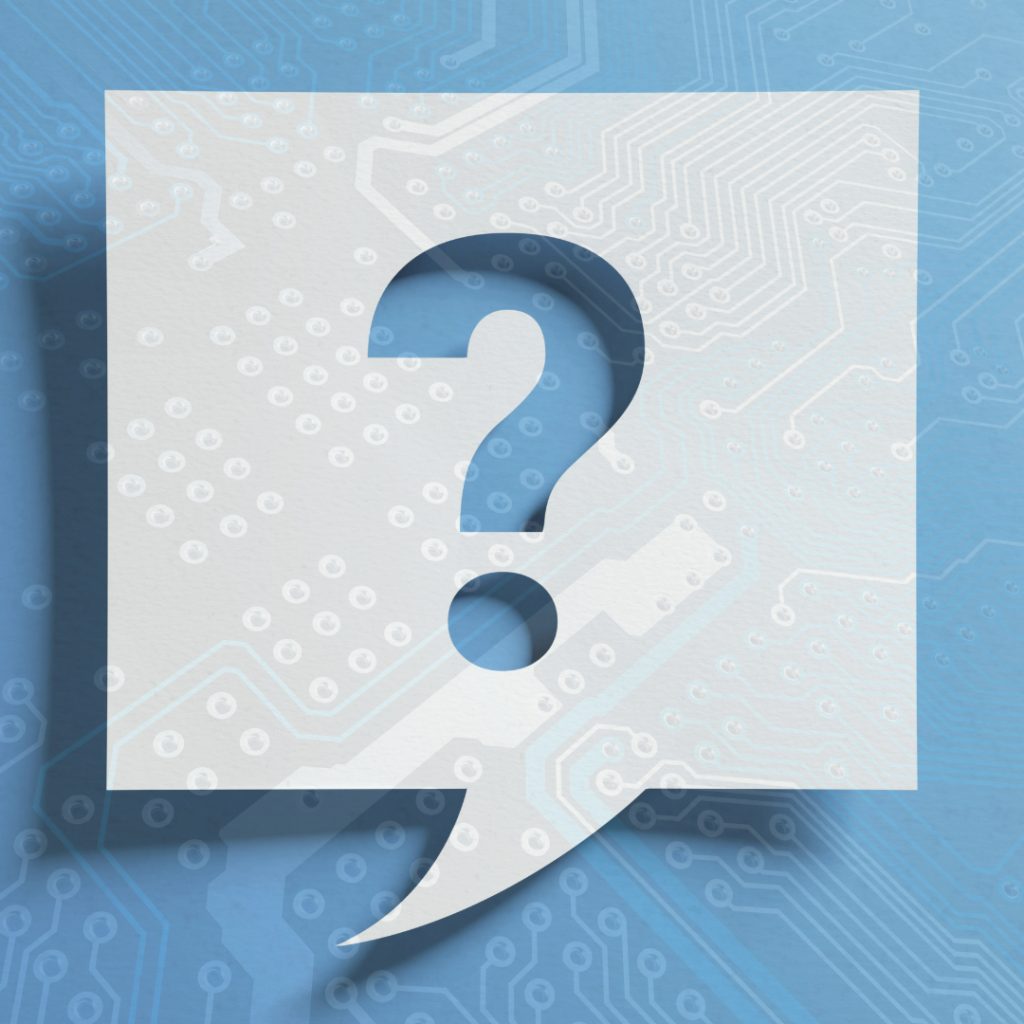FAQ
Frequently Asked Questions
Laser Resistor Trimmers
RapiTrim laser resistor trimming systems offer flying probes, probe cards, pogo pins or custom testing options. These can be used individually or in combination where appropriate.
Yes. For active (also called functional) trimming the RapiTrim system has the ability to interface with external instruments (standard LAN interface) through its SM200 switch matrix. Custom connections and fixtures can be provided as well.
This would depend of what needle is used and the pressure that is exerted on the probe tip, which is settable through the Z overtravel parameter. Higher pressure is needed to scrub through surface oxidation of the pad, and this will lead to higher tip wear. It is common for a BeCu tip with nominal Z overtravel to range from hundreds of thousands to millions of hits.
Fibre lasers offer extremely efficient operation (e.g. the 20W version is air-cooled) with lifetime data from the manufacturer stating up to 100k hours.
RapiTrim systems support external equipment from Keysight, Keithley and Chroma through our SM200 switch matrix. Customers can purchase and incorporate some external equipment after installaton if needed.
We believe the most useful measure of cycle time is for a complete substrate to be run on a real customer job in our application lab. If the customer wants to send us a DXF file, we can simulate this.

Laser Drilling and Cutting

a. Mechanical drilling of PCBs is highly cost-effective and continues to be used for most applications. However, two issues pose limits on mechanical drills. 1) Standard mechanical drilling goes through the PCB, consuming real estate on all board layers, even if connection to some layers is not required. Blind via holes can be made with controlled-depth drilling but this places tight constraints on the driller as well as the board construction, driving up cost. 2) For small hole diameters mechanical drilling becomes increasingly costly with lasers being used almost exclusively below 6-8 mil (150-200um). Lasers can provide a reliable production process for small, blind microvias.
b. Lasers can drill a variety of hole sizes on a panel in one pass, no need to change tools as this is all done in software on the fly.
c. Lasers are non-contact, no force is applied to the material.
The most common types of lasers used are the UV solid state laser operating at 355nm and CO2 lasers operating at around 9um wavelength (in the IR).
The 355nm wavelength is easily achievable from solid state lasers, with sufficient pulse energy and repetition rate for volume production. The wavelength is absorbed strongly by the outer copper layer of the PCB, allowing creation of openings with precision dimensions, accurately placed on the panel. The UV is also useful for removing non-reinforced dielectric materials (e.g. polyimide and adhesives) found in flexible circuits, allowing both blind and through vias to be produced. However, to remove the glass portion of the dielectric material in a standard rigid board the laser intensity must be almost as high as needed to remove copper, creating a risk of damage to the stop Cu layer. This is why the CO2 laser is typically used for removal of the dielectric in rigid boards. Cu is highly reflective at the CO2 wavelength, allowing the opening in the Cu created by the UV laser to act like a conformal mask, and mitigating the damage risk when the CO2 beam strikes the target pad.
Both the UV and CO2 laser spots are directed around a process field (typically 50x50mm) by galvanometer beam steering. These process fields are stitched together by moves of the X and Y motion stages. Both beams can drill while positioned at a given location (percussion or punch drilling) using one or multiple pulses, circles and spirals can be used to cover larger areas than the spot diameter, and the beams can be used in routing mode to create straight or curved lines.
Each feature to be processed is assigned a laser tool (T01, T02, etc) in the drill file in a similar fashion as mechanical drillers. Each tool definition will include parameters like the laser pulse repetition rate, pulse energy or peak power, pulse length (for the CO2 beam) as well as the bite size or step size (movement of the beam between laser pulses) for all tools other than punches.
